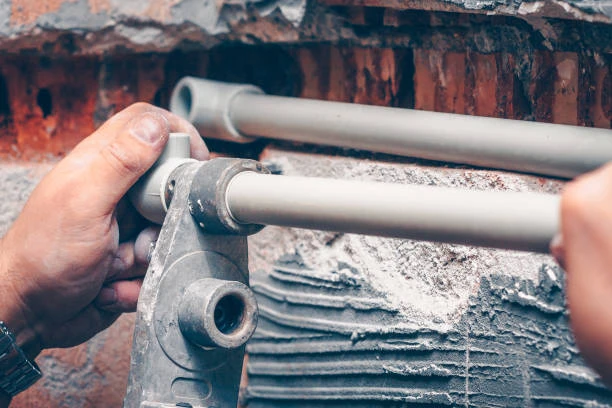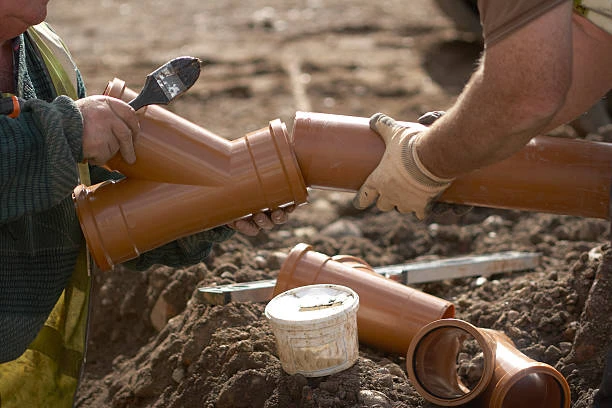Introduction
(Polypropylene Random Copolymer)PPR pipe fittings have gained immense popularity in plumbing systems due to their durability, chemical resistance, and cost-effectiveness. This report explores the trends and projections in the PPR pipe fittings mould market, focusing on the key drivers, challenges, and future outlook leading up to 2032.
Market Overview
The global PPR pipe fittings mould market is anticipated to grow significantly as industries shift towards more sustainable materials. PPR fittings are lightweight yet strong, making them an ideal choice for both residential and industrial applications. The increasing demand for reliable plumbing solutions in emerging markets further boosts this growth.
Key Market Drivers
1. Sustainable Construction Practices
With a rising focus on sustainability, construction industries are increasingly opting for PPR fittings. They are recyclable and have a lower environmental impact compared to traditional materials like PVC.
2. Durability and Longevity
PPR fittings provide outstanding resistance to both corrosion and high temperatures, making them highly reliable in various plumbing applications. This exceptional durability means that users can expect fewer repairs and replacements over time, ultimately leading to significantly lower maintenance costs. As a result, many homeowners and professionals prefer PPR fittings for their plumbing installations, knowing they can depend on these fittings to withstand harsh conditions and deliver long-lasting performance.
3. Growing Urbanization
Rapid urbanization, especially in developing countries, significantly increases the demand for efficient plumbing systems. As cities continue to expand and populations grow, the necessity for reliable water supply and effective drainage systems becomes more critical. This growing urban landscape creates a higher need for infrastructure that can support the demands of daily life, from residential buildings to commercial establishments. Consequently, the PPR fittings market experiences substantial growth, as these fittings provide the ideal solution for modern plumbing needs, ensuring safe and consistent water delivery and waste management in bustling urban environments.
Challenges Facing the Market
1. Competition from Alternative Materials
Despite their advantages, PPR fittings face competition from other materials like PVC and metal pipes. The market must innovate to maintain its competitive edge.
2. Regulatory Hurdles
Adhering to stringent regulations and standards poses significant challenges for manufacturers in the PPR fittings industry. These regulations often require extensive testing and certification processes to ensure that products meet safety and quality benchmarks. Navigating this complex landscape demands careful attention to detail and can lead to increased operational costs. Manufacturers must invest in quality control measures, staff training, and sometimes even modifications to their production processes to achieve compliance. This emphasis on meeting regulatory requirements is essential not only for safeguarding the end user but also for maintaining a company’s reputation in the market. Ultimately, while compliance can strain resources and impact production costs, it plays a vital role in fostering consumer trust and ensuring the long-term viability of the business.
Future Outlook
1. Technological Advancements
Innovations in manufacturing processes and materials are expected to enhance the performance of PPR fittings. This includes improved moulding techniques that allow for more complex designs and better functionality.
2. Market Expansion in Asia-Pacific
The Asia-Pacific region is projected to be a significant growth driver, with increasing construction activities and investments in infrastructure. Countries like India and China are leading the way in adopting PPR fittings for plumbing solutions.
3. Increased Adoption in Industrial Applications
Beyond residential use, PPR fittings are gaining traction in industrial applications. Their ability to withstand harsh chemicals makes them suitable for various industries, including pharmaceuticals and food processing.

Conclusion
The PPR pipe fittings mould market is on a growth trajectory, driven by sustainability trends, urbanization, and technological advancements. As the industry adapts to challenges and embraces innovation, PPR fittings will likely solidify their position as a preferred choice in plumbing systems.
FAQs
- What are PPR pipe fittings?
PPR pipe fittings consist of polypropylene random copolymer, which provides durability and resistance to corrosion. - What are the advantages of using PPR fittings?
They are lightweight, recyclable, and resistant to high temperatures, making them cost-effective and long-lasting. - Can PPR fittings be used for hot water?
Yes, PPR fittings are suitable for both hot and cold water applications. - How are PPR fittings installed?
Installers typically join them using heat fusion techniques to create a strong bond. - Are PPR fittings environmentally friendly?
Yes, PPR fittings are recyclable and have a lower environmental impact compared to many other plumbing materials.


















